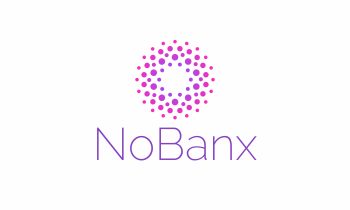
The US Federal Reserve issued a new white paper this week which warned of the increasing threat of synthetic identity fraud.
Believed to have cost US lenders alone $6 billion in 2016, synthetic identity fraud is a crime in which perpetrators combine fictitious and sometimes real information, such as names, birth dates Social Security Numbers, to create new identities in order to defraud government agencies, financial institutions, or individuals.
A traditional identity fraudster would be someone who pretends to be another real person so that they can use their credit. A synthetic Identity fraudster would be someone who uses fake and sometimes, real information to build themselves a credit line and record under their new ‘synthetic’ identity.
The fraudster is not easy to track due to the identity never being real in the first place. Often the victim whose Social Security Number was stolen may encounter problems with any tax returns, disability benefits and health records until their credit report is sorted.
Combating Identity Fraud
Identify theft, in general, is a growing issue in the US and around the world. Nearly 40% of North Americans reported compromised information at some point, a 5% increase from 2 years ago. However, actual cyberattacks have been falling, down 6% over the last two years. Consumers are getting savvier about identity theft and security. More and more software and systems are being made available to the public, often with free trials, that provide a competent level of security, or at least enough to see hacking numbers fall. Ken Montgomery, the Chief Operating Officer at the Federal Reserve Bank of Boston, and payments security strategy lead for the Federal Reserve System said:
“Crime rings see attractive opportunities in synthetic identity payments fraud. Unfortunately, many consumers don’t realize how it can hurt their access to credit or how to protect themselves.”
Ken Montgomery
The Federal Reserve has been working with industry stakeholders since 2015 to combat identity fraud. The latest white paper highlights the necessity for greater security measures at both a private and public level.
Ben Myers
Latest posts by Ben Myers (see all)
- 3 Reasons Bitcoin is Still a Safe Haven Asset - June 12, 2020
- GCF Corporation and Genesis Green Initiatives Leading the Way - May 20, 2020
- Why Bitcoin Still Rules the Roost - May 13, 2020






